
Understanding Vein Health & Vein Disease
Vein Disease Vein disease is progressive and will get worse over time if left untreated. If you have symptoms that indicate vein problems, don’t wait
If you’ve noticed discomfort, swelling, or unusual veins in your legs or feet, you might be experiencing common vein disease symptoms. While not every symptom affects all patients, recognizing these signs early can help you take control of your vascular health and avoid serious complications.
Don’t ignore vein symptoms. Many are progressive and can worsen if left untreated. This page outlines the most frequent symptoms of vein disease and connects them to specific conditions that are treatable at Gilvydis Vein Clinic.
Vein disease is a condition where the veins—usually in your legs—struggle to return blood to your heart. This often occurs because the tiny valves inside your veins weaken or malfunction. When these valves fail, blood can pool in the lower extremities, resulting in swelling, increased pressure, and other painful or visible symptoms.
Vein disease affects millions of adults in the U.S. If left untreated, it can lead to varicose veins, deep vein thrombosis (DVT), or chronic venous insufficiency (CVI).
Gilvydis Vein Clinic treats a wide range of vein conditions, from minor cosmetic concerns to serious health threats like DVT. While symptoms of vein disease vary depending on the underlying cause, here are some of the most common ones to look for:
A burning sensation in your legs, blue veins, bulging veins, restless leg syndrome, tingling or numbness, swelling, aching, fatigue, or changes in skin color.
If you’re experiencing any of these symptoms, explore the sections below to learn what they could mean.
Varicose veins are large, twisted veins often visible under the skin. They’re not just a cosmetic issue — they can cause pain and signal deeper circulation problems.
Common varicose vein symptoms include:
Spider veins are smaller, web-like clusters of red, purple, or blue veins that appear close to the skin’s surface. They can indicate poor circulation or valve issues in nearby veins.
Common symptoms include:
Deep vein thrombosis (DVT) is a potentially life-threatening condition caused by blood clots forming in deep veins, typically in the legs. Early detection is critical to prevent complications such as pulmonary embolism.
Common deep vein thrombosis symptoms include:
Chronic venous insufficiency (CVI) is the long-term failure of vein valves, often following untreated varicose veins or a previous DVT. It can become debilitating if not managed.
Common symptoms include:
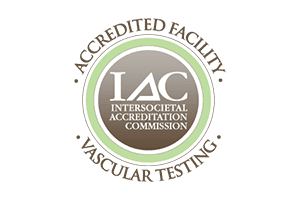

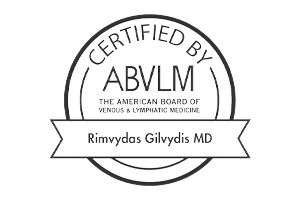

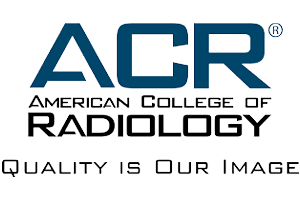

An uncontrollable urge to move your legs, especially at night, often caused by circulation issues.

Swelling, discoloration, or pain in the foot or leg can be signs of blood clot formation.
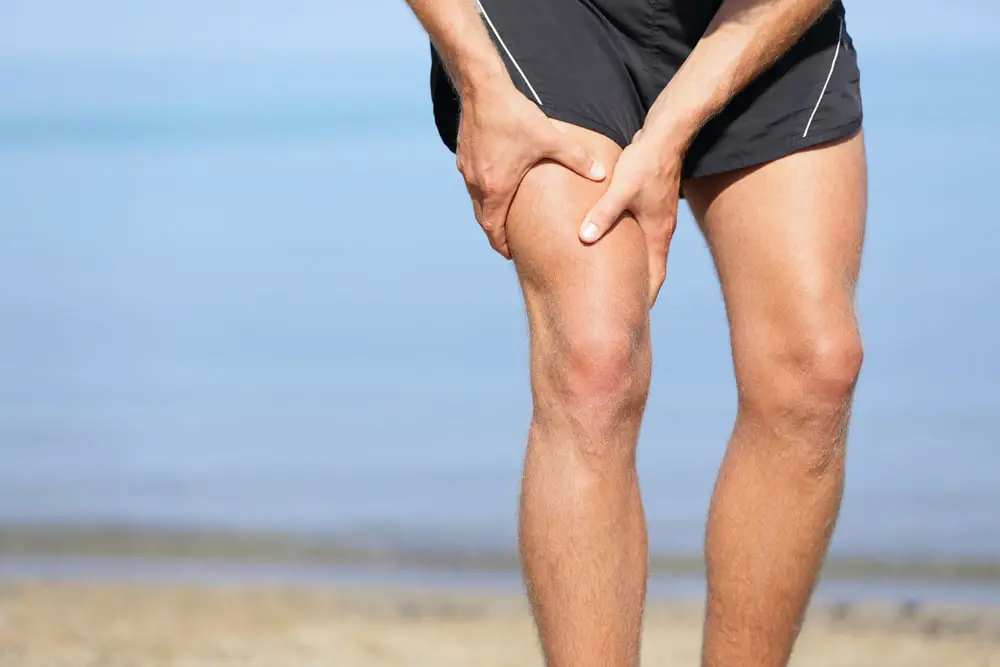
Often linked to poor blood flow or nerve pressure caused by swollen veins.

A sharp or warm burning feeling may signal inflammation from vein valve failure.
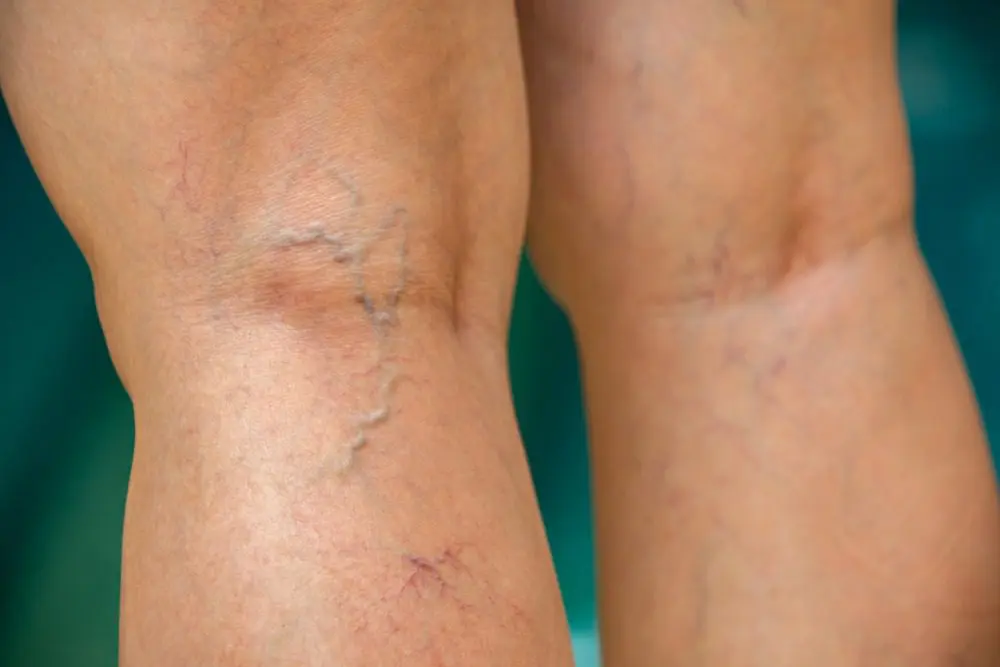
Visible blue veins on the legs or feet may indicate superficial or deeper circulation problems.
If you have varicose veins or leg swelling that’s affecting your quality of life, it’s time to consider treatment. Today’s advanced vein procedures are minimally invasive, fast, and effective. You should also consult a doctor if you’re experiencing ongoing discomfort such as itching, burning, or swelling—these may be early signs of a more serious vein condition.
Your insurance may cover vein treatment! Gilvydis Vein Clinic accepts a wide range of providers, including:
Aetna (Personal Care/Coventry), BCBS PPO, Cigna, Employers Coalition on Health (ECOH), Health Alliance Medical Plan (HAMP), HFN, Humana, Medicare, Multiplan, PCN IPA, EPreferred Plan, Inc. (PPI)/Interhealth plan, SEIU, The Alliance, and United Healthcare.
Already met your deductible? You may qualify for low out-of-pocket costs. Don’t delay treatment—schedule your consultation today. Our procedures are safe, fast, and effective, helping you return to the activities you love in no time.
Yes, vein disease is a progressive condition that can worsen if left untreated. Healthy veins are designed to return oxygen-depleted blood to your heart, working against gravity using one-way valves. When these valves weaken or fail, blood can pool in your legs, increasing venous pressure and causing symptoms like swelling, bulging veins, and skin changes. Over time, this can lead to serious complications like ulcers or blood clots. That’s why early diagnosis and treatment are so important.

Vein Disease Vein disease is progressive and will get worse over time if left untreated. If you have symptoms that indicate vein problems, don’t wait

How Compression Hose Alleviate Vein Symptoms But Don’t Stop Vein Disease? Compression hose are form-fitting socks that gently squeeze your legs. They’re designed to improve

How to Recognize and Treat Vein Disease: Corona Phlebectatica Corona phlebectatica is much more common than most think. According to Johns Hopkins Medicine, venous disease affects
Whether you’re seeking relief from discomfort or looking to restore your confidence, Gilvydis Vein Clinic offers safe, fast, and effective varicose vein surgery solutions. Our expert team is here to guide you every step of the way—from diagnosis through recovery.
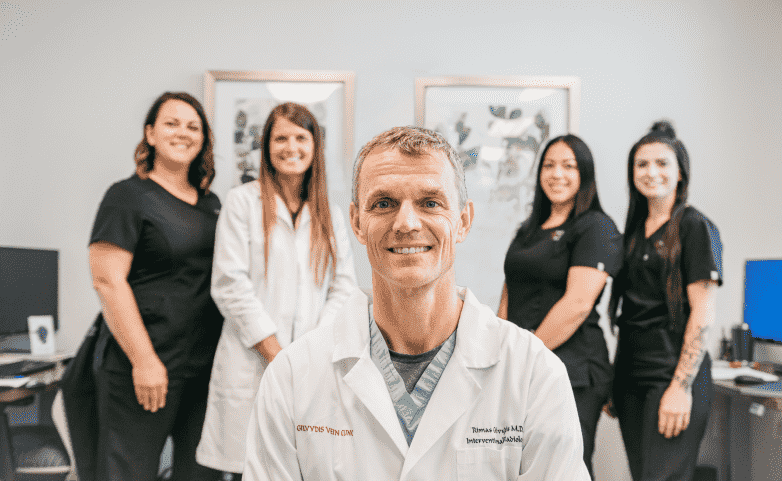
We’re proud to be one of three vein centers in Illinois with an IAC accreditation. Get back on your feet with a team of vein specialists who help you understand your vein treatment options.